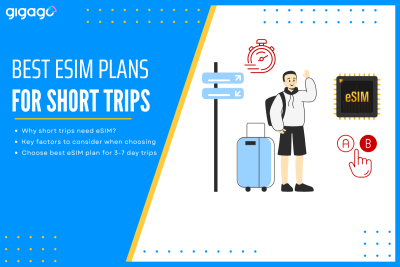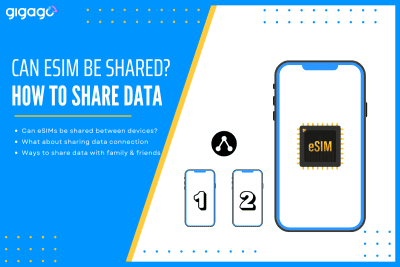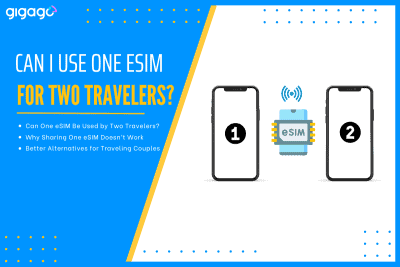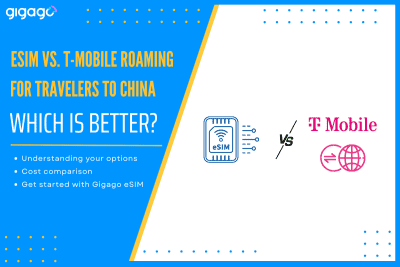Traveling for a short trip, typically for 3- to 7-days, drastically changes the rules of connectivity. The traditional solutions like expensive carrier roaming or time-consuming local SIM buying are simply impractical when time time is precious. This is where eSIMs take the picture. The eSIM (embedded because it is a digital solution that solves the […]
What is GSM, and how is it different from other networks?
What is GSM, and how is it different from other networks? GSM (Global System for Mobile Communications) pioneered global mobile connectivity, using SIM cards for user identification. Unlike CDMA’s code-based system or LTE’s advanced data capabilities, GSM established the first widely adopted standard for mobile communication, serving over 200 countries worldwide.
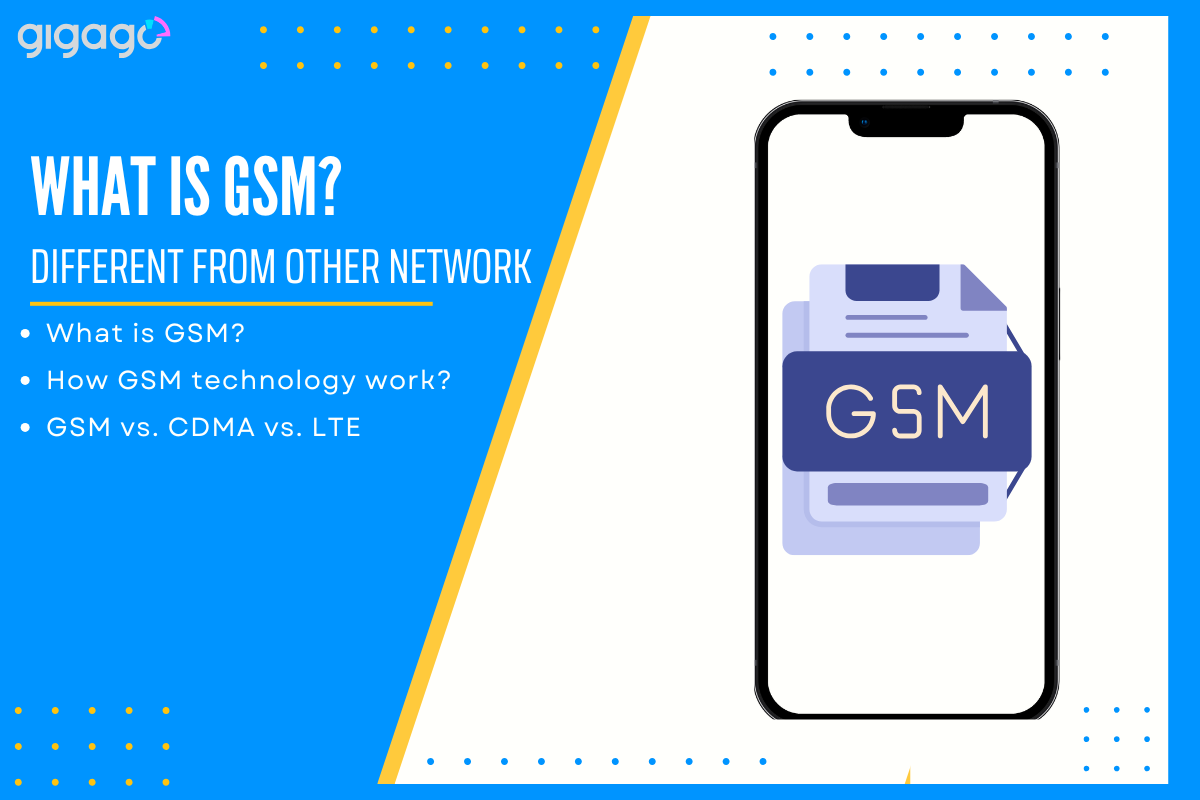
In this article
I. What is a GSM network?
GSM revolutionized mobile communication in the 1990s, starting in Finland. This digital system made phone calls and texting more reliable than older analog networks. By 2010, GSM connected 80% of mobile users worldwide.
The network grew stronger with GPRS and EDGE updates, which brought mobile internet to phones. While newer 5G and LTE networks now lead in cities, GSM still serves rural areas and developing regions.
GSM network structure
GSM networks use four main parts to keep phones connected — mobile devices, the base station system, the core network, and operational support systems.
Mobile devices with SIM cards connect to cell towers, which are part of the base station system. These towers pass signals to the core network, which guides calls and data to the right place.
Network Management
The core network tracks users as they move around, keeping calls and messages flowing. Support systems monitor everything to fix problems quickly and maintain service quality.
This simple structure helped GSM become the foundation for modern mobile networks, making global communication possible.
II. How does GSM technology work?
When you make a call, your phone connects to the nearest cell tower. Your SIM card tells the network who you are and your carrier details. The tower sends your call to a base station, which directs it through the network to reach the person you’re calling.
Data Connection
Internet use follows a similar path. Instead of voice calls, the network guides your web browsing and streaming through secure routes. The whole system works in seconds to keep you connected.
Note: This network design lets millions of people use their phones at the same time
GSM features
GSM protects calls and data with encryption, though newer networks offer better security. The system brought mobile internet through GPRS and EDGE technologies, setting the base for today’s fast connections.
Global Connection
GSM works worldwide, letting travelers use their phones in different countries through roaming agreements. SIM cards make it easy to switch phones or carriers while keeping your number.
Network Efficiency
The network uses TDMA technology to share bandwidth among many users. This keeps calls clear and reliable even when many people use their phones at once.
Note: These features made GSM the standard for mobile networks worldwide
GSM limitations
GSM has key limits that affect its service. The network’s pulse system can clash with other electronic signals, causing poor call quality. During busy times, many users sharing the same bandwidth can slow down data speeds.
Device and Coverage Issues
While basic phones work well for calls and texts, faster data needs newer devices. This creates problems in areas where advanced phones are expensive or hard to find.
Network coverage depends on working towers and equipment. Natural disasters or technical problems can stop service, especially in remote areas where fixing equipment is difficult and costly.
Note: These limitations led to the development of newer, better mobile networks
GSM for eSIM users
eSIM works well with GSM networks, replacing physical SIM cards with a digital version built into your phone. This makes it easy to change carriers or plans without swapping cards.
Global Connection
GSM’s wide coverage lets eSIM users stay connected worldwide with secure calling and data. To use these features, make sure your phone supports eSIM technology.
Gigago eSIM offers seamless connectivity with GSM networks worldwide, eliminating the need for physical SIM cards. With Gigago, travelers can instantly activate local data plans in over 200 countries, avoiding expensive roaming charges while maintaining reliable GSM network access.
Note: eSIM combines GSM’s global reach with modern convenience
III. GSM vs. CDMA vs. LTE
Mobile networks have evolved significantly over the years. Each technology represents a different generation of wireless communication, serving unique purposes and offering distinct advantages.
| Feature | GSM | CDMA | LTE (4G) |
| SIM Card | Required | Not needed | Required |
| Coverage | 200+ countries | Limited countries | Worldwide |
| Speed | Slow (2G) | Medium (3G) | Fast (4G) |
| Security | Basic encryption | Complex coding | Advanced security |
| Strength | Global reach | Stable connection | High speed, reliable |
| Weakness | Slow data | Limited adoption | Higher power use |
| Best for | Calls, SMS | Basic internet | HD video, Gaming |
| Carriers | T-Mobile, AT&T | Verizon (old) | All carriers |
| Future | Phasing out | Mostly ended | Growing with 5G |
LTE stands out as the most balanced technology, combining GSM’s wide reach with modern speed needs. While GSM created the foundation for mobile networks and CDMA brought innovative security, LTE represents the best of both worlds. As we move toward 5G, LTE’s infrastructure remains crucial for global connectivity.
